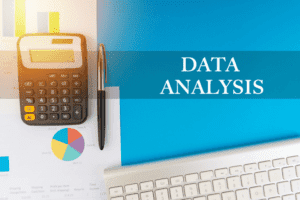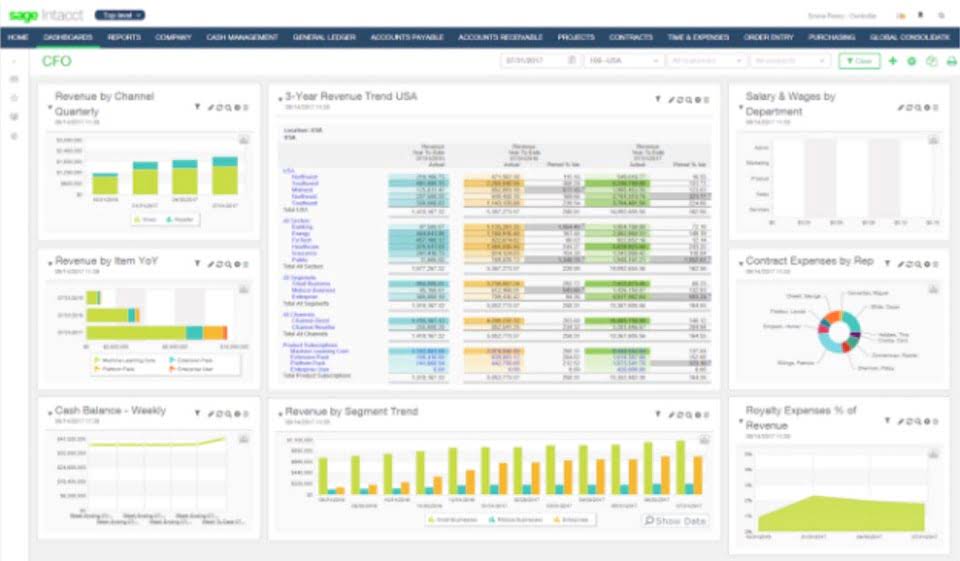
Now let’s look at a hypothetical example of costs incurred by a company and see if such costs are period costs or product costs. Administrative expenses are like the daily chores that keep a business running smoothly. They include costs related to managing day-to-day operations, such as office https://www.bookstime.com/articles/vertical-analysis supplies, rent for the office space, utilities, and salaries of administrative staff. Think of these expenses as the glue that holds your business together—essential but often invisible until they’re neglected.
Editorial Process
- Since the loan was borrowed specifically for the fixed asset; hence the first-year interest cost will be capitalized with fixed assets.
- Liabilities can either be short-term obligations that are due within one year of a normal accounting period, or they can be long-term liabilities and are not due for more than one accounting period.
- Now that we’ve got a grasp of direct vs indirect costs, let’s dive deeper into what exactly constitutes period costs.
- Also termed as period expenses, time costs, capacity costs, etc these are apportioned as expenses against the revenue for the given tenure.
- They are charged against revenue in the period incurred, rather than being tied to inventory or cost of goods sold.
Weighted-average costing mixes current period expenses with the costs from prior periods in the beginning inventory. This mixing makes it impossible for managers to know the current period expense of manufacturing the product. First-in, first-out (FIFO) costing addresses this problem by assuming that the first units worked on are the first units transferred out of a production department. Also termed as period expenses, time costs, capacity costs, etc these are apportioned as expenses against the revenue for the given tenure. Some examples include General administration costs, sales clerk salary, depreciation of office facilities, etc.
- Weighted-average costing mixes current period expenses with the costs from prior periods in the beginning inventory.
- The preceding list of period costs should make it clear that most of the administrative costs of a business can be considered period costs.
- Period Costs directly affect the company’s profitability by reducing net income on the income statement.
- It was estimated that a rate of 10% would be required to pay $5.4 million annually (simple interest rule) and which they could capitalize on in the initial year.
- This concept is known as the matching principle, which ensures that expenses are properly allocated to the period in which they contributed to generating revenue.
Why is separating historical, current, and pre-determined expenses in period cost analysis important?

However, managing Period Costs effectively indirectly impacts the balance sheet by influencing cash flow, liquidity, and profitability. By controlling Period Costs and optimizing spending, businesses can improve their bottom line profitability, increase cash reserves, and enhance overall financial stability. For example, reducing administrative expenses can lead to higher net income and retained earnings, strengthening the company’s financial position. Every cost incurred by a business can be classified as either a period cost or a product cost. A product cost is incurred during the manufacture of a product, while a period cost is usually incurred over a period of time, irrespective of any manufacturing activity. A product cost is initially recorded as inventory, which is stated on the balance sheet.
- Other managerial approaches try to integrate various supportive human resources activities with the line functions or core business activities and account them as such.
- Period costs are necessary for the day-to-day operations of a business and are essential for running the company smoothly.
- Keeping track of the period of cost is also important for filing accurate business taxes and for preparing for an audit.
- Indirect costs, on the other hand, are like the overhead—important but harder to quantify precisely.
- These examples provide a glimpse into the various types of period costs that businesses commonly encounter.
- Time cost forms a significant portion of indirect costs, hence critical for running the business.
A Beginner’s Guide to Effective WhatsApp Marketing in 2024

Learn about the concept of period costs in accounting and their significance in finance. Understand how these costs are different from product costs and their impact on financial statements. In other words, period costs are expenses that are not linked to the production process of a company but rather are expenses incurred over time.
Examining these costs carefully during the overall decision-making process is very important. Interest expense can be thought of as the cost of borrowing money, much like how you might pay rent for a house or period costs lease a car. When a company takes out a loan or issues bonds to raise capital, it incurs interest payments that reduce its net income. This is similar to paying monthly installments on a mortgage, where a portion of each payment goes towards the principal and another part covers interest. Product Costs are essential for calculating the cost of goods sold and determining the gross profit margin of a business. This example demonstrates how the accounting entriesare created across more than one accounting period for a single accountingevent.

Period costs that provide future economic benefits beyond the current period can be deferred as assets and expensed gradually over their useful cash flow life. Indirect allocation requires careful consideration of allocation bases to ensure that costs are allocated fairly and accurately. Common methods of indirect allocation include the use of predetermined overhead rates or activity-based costing (ABC) systems.

